September 4, 2019 Leave a Comment
Malnutrition affects kids in both rural and urban India and occurs because of an unbalanced diet. Here are the 4 most common nutritional deficiencies in children.
Many are under the impression that urban children do not suffer from the nutritional deficiencies that children in rural areas suffer from. However, here is the truth – malnutrition exists everywhere in India, and along with childhood obesity, it is a dual problem.
The symptoms of malnutrition in children are often not visible due to their tender age, but lack of nutrition can have substantial, long term consequences if not treated in time.
In this article, we are here to provide parents and caregivers with insights into common nutrient deficiencies that can impact kids. Addressing malnutrition at the earliest can create positive effects, including a stronger immune system, stronger mind, and healthy vitals.
A common mistake: Just because your child is having three meals a day without wasting any food, it doesn’t mean he/she is having all the required nutrients for growth and development. A balanced diet is substantially more than a plateful of food. On the other hand, just because your child is skinnier than other kids, doesn’t mean she/he lacks nutrients. For this, we first need to understand what nutritional deficiency means.
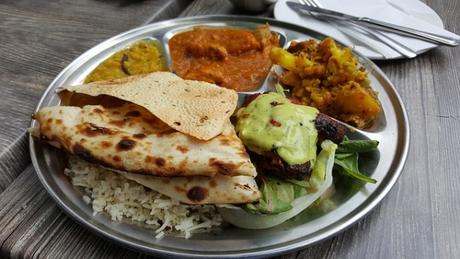
What is a Nutritional Deficiency?
A child’s body requires plenty of vitamins and minerals for it to grow properly and to be able to fight and prevent diseases. These vitamins, minerals, and protein are collectively referred to as micro-nutrients. While some are produced naturally in the body, most of them are sourced from what your kids eat.
Malnutrition or nutrient deficiency occurs when your kid’s body does not get or is not able to absorb the required amount of nutrient. While the lack of absorption is common in older individuals, it can cause malnutrition in children.
Nutrient deficiency can lead to several health problems, which may not be visible when your child is young, but become prominent as they grow. Some of them include weakened immunity, skin problems, stunted bone development, delayed brain growth, lack of concentration, fatigue, digestive issues and even early dementia.
Listed below are the most common nutritional deficiencies in children, that can be taken care of with dietary changes and supplements.
Common Nutritional Deficiencies in Children
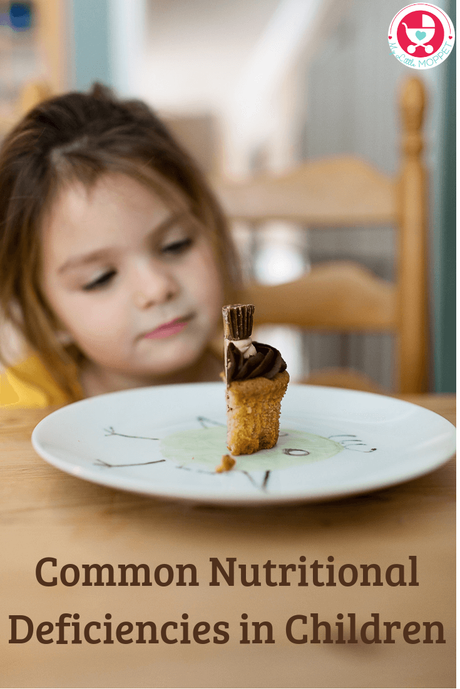
1. Calcium Deficiency

Calcium is an essential mineral for bone, muscle and cell growth and maintenance. Children need an adequate quantity of calcium to mineralize bones and teeth.
Calcium also serves as a signaling component, meaning a lack of it can disrupt your kids’ heart, nerves, and muscle functions. Whatever amount of calcium you have is never exceeded.
Calcium deficiency usually does not show any symptoms, at least not right away. However, rickets in kids and osteoporosis in older adults are common types of calcium deficiency that is characterized by softer and fragile bones.
It is essential for children to source calcium naturally than depending upon supplements.
Calcium-rich foods include dairy products (most abundant source), such as milk, cheese, cottage cheese, and yogurt, dark green vegetables, such as broccoli, spinach, and kale, and boned fishes.
2. Iron Deficiency

Around 25% of the world population is affected by iron deficiency. Iron deficiency is even more common among picky-eaters and toddlers who have weaned breast milk.
Iron binds hemoglobin and helps oxygen travel across blood cells. It also helps produce more RBCs.
There are two types of irons – Heme and Non-heme iron. Heme iron is easily absorbed and found only in animal foods, such as red meat. Non-heme iron is found in both plant and animal food but is not easily absorbed.
This is why vegetarian and vegan children are most likely to become iron deficient because they consume only low-absorbing, non-heme iron.
Anemia is the most common illness caused by iron deficiency. The best solution is an iron-rich diet.
Iron-fortified foods are the best source for non-heme iron. They include pasta, cereals, and bread, beans, dark- leafy greens, such as kale and spinach, and seeds of pumpkin, sesame, and squash.
Heme-iron rich source foods include all shellfishes, organ meat, such as liver, wild-caught sardines, and red meat.
3. Vitamin B-9 (Folate) Deficiency
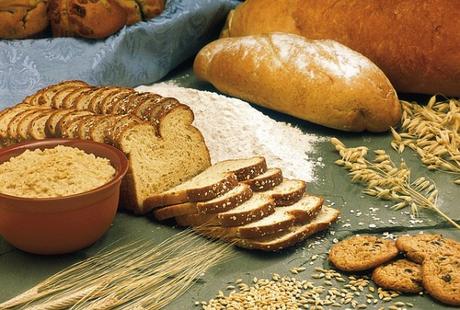
Vitamin B-9 (Folate) helps the body develop DNA and blood cells. It is also required to develop brain cells functioning and the nervous system.
Folate is exceptionally crucial in fetal development. This is why pregnant women are advised to intake natural and synthetic folic acid supplements. Lack of folate in children and infants may lead to underdeveloped brain and spinal cord, growth problems, anemia, and congenital disabilities.
High fiber foods for kids that contain folic acid include whole grains and grain-based products, lentils and beans, poultry meat, shellfishes, leafy vegetables, and citrus fruits.
4. Vitamin D Deficiency
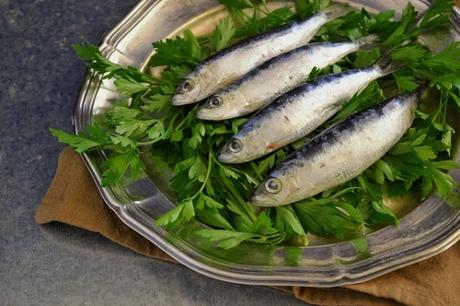
Vitamin D helps in the absorption of calcium, iron, magnesium, zinc, and phosphate. Your child must take adequate amount of Vitamin D to ward off calcium deficient illnesses, including hypocalcemia and hypophosphatemia (rickets) and softening of bones and prevent certain type cancers and reduced immunity.
Those children who have limited exposure to sunlight and darker-skin (for their skin produces less vitamin D) are more likely to be affected with Vitamin D deficiency.
You must include cod liver oil, fatty fishes, such as salmon, trout, mackerel, and sardines, and egg yolk in your kids’ diet to supplement Vitamin D naturally.
A balanced diet containing high-fibred foods, poultry meat and eggs, dairy, leafy vegetable, and wild-caught fatty fishes are more than enough to combat all micronutrient deficiencies naturally.
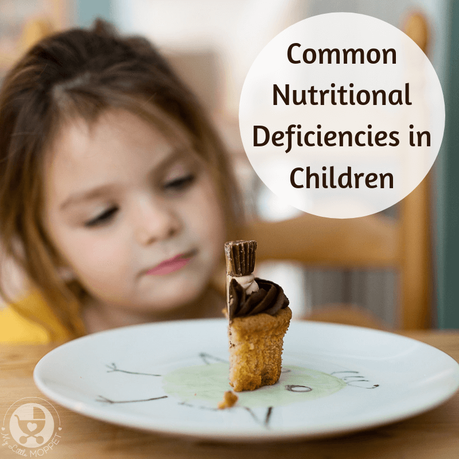
Author:
Emylee is a wellness lifestyle writer. She loves sharing her thoughts and personal experiences related to natural remedies, yoga and fitness through her writing. She currently writes for How To Cure. She can connect with others experiencing health concerns and help them through their recovery journeys through natural remedies.
Buy Homemade Baby & Toddler Food from a Doctor Mom's KitchenOrganic · FSSAI Certified · NABL Lab certified Buy Sprouted Sathumaavu Health Mix powder for Babies / Homemade Cerelac Dry Fruits Powder for Babies/Toddlers Pancake Mixes for Toddlers TweetPinShareWhatsAppEmail
Filed Under: Health, Nutrition, Parenting Tagged With: 7 essential nutrients for babies, health, health tips, healthy, healthy eating, important nutrients for children, iron deficiency anemia and iron supplements, nutrition, nutritionist, top 7 essential nutrients your child may be missing
